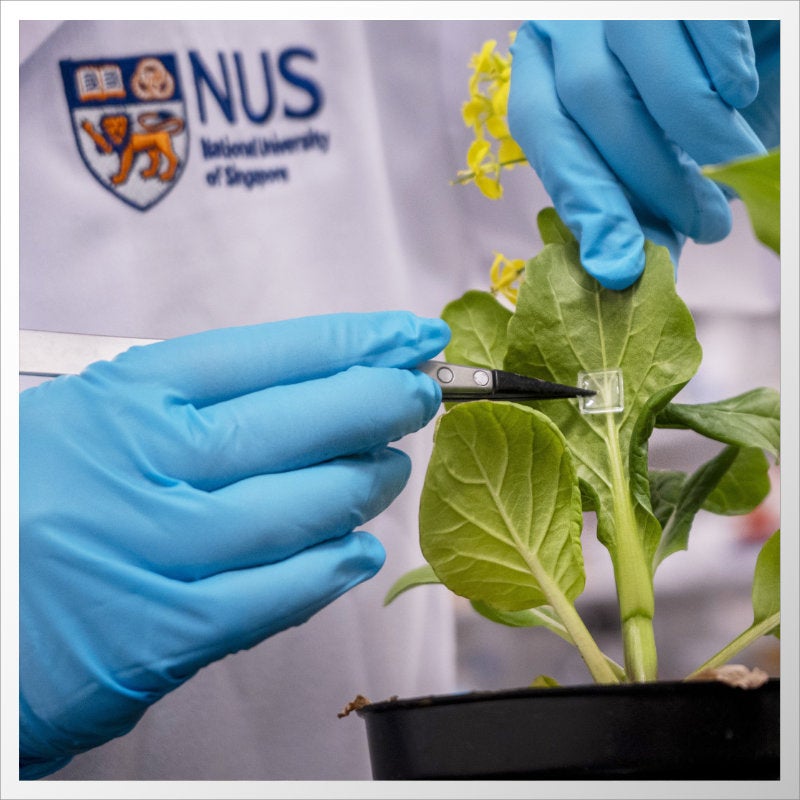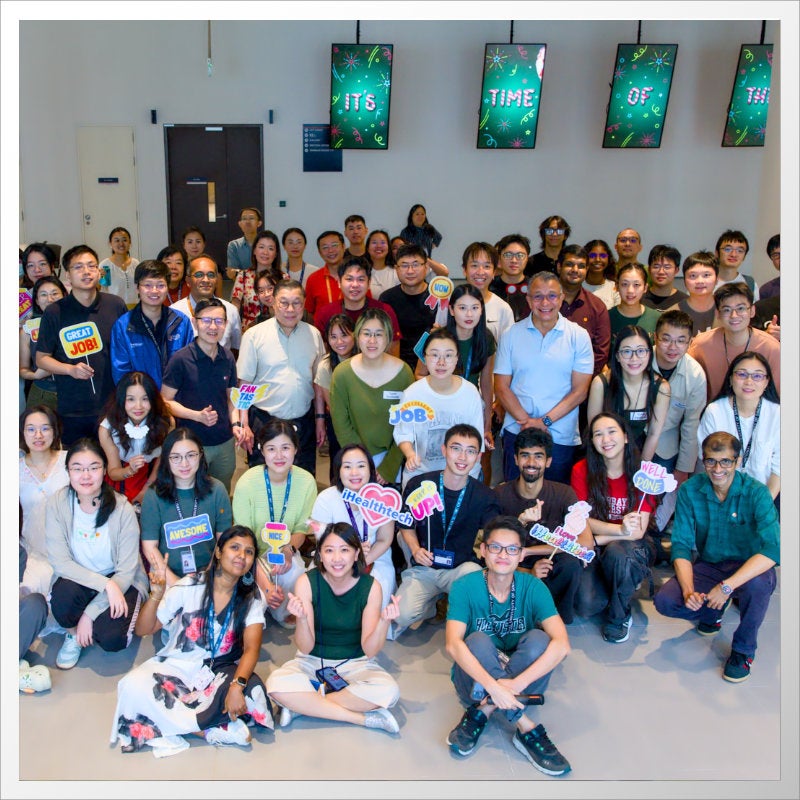Ultra-fast and robust sensor network for robotic and prosthetic skins
- July 18, 2019

A team of researchers led by NUS Department of Materials Science and Engineering and iHealthtech principal investigator Asst Prof Benjamin Tee has developed an electronic sensor system called Asynchronous Coded Electronic Skin (ACES) that is ultra-fast and robust to damage.
Inspired by the human sensory nervous system, ACES is made up of a network of sensors connected via a single electrical conductor. The system can detect touches more than 1,000 times faster than the human sensory nervous system and also accurately identify the shape, texture and hardness of objects within 10 milliseconds.
All the sensors in ACES can be connected to a common electrical conductor with each sensor operating independently, allowing ACES-enabled electronic skins to be damage-tolerant and continue functioning as long as there is one connection left between the sensor and the conductor.
“ACES can be easily paired with any kind of sensor skin layers, for example, those designed to sense temperatures and humidity, to create high performance ACES-enabled electronic skin with an exceptional sense of touch that can be used for a wide range of purposes,” Asst Prof Tee said.
Potential applications include advanced robots that can perform delicate disaster recovery work and prosthetic limbs that can help disabled individuals restore their sense of touch.
Here is a video of the ACES system:
Please click the link below for the research article:
Please click the links below for the news articles:






